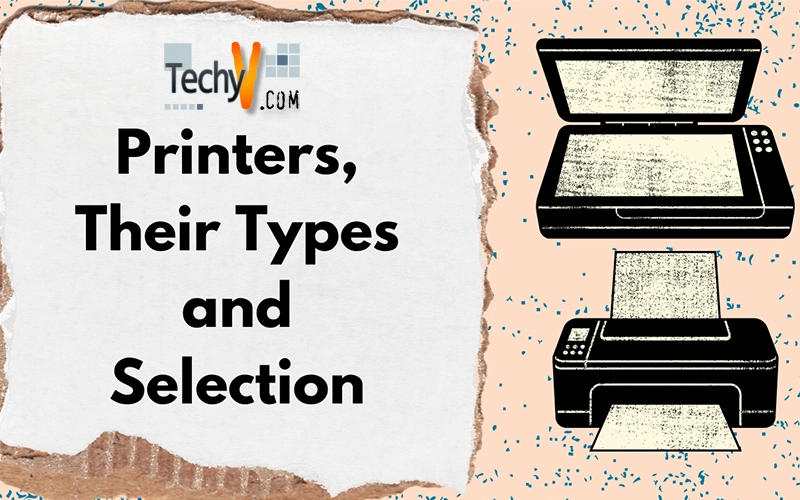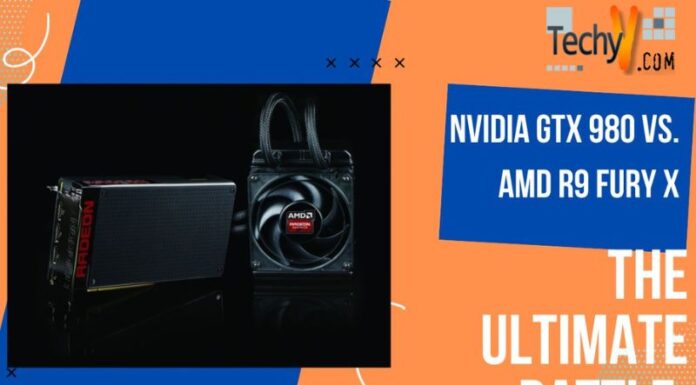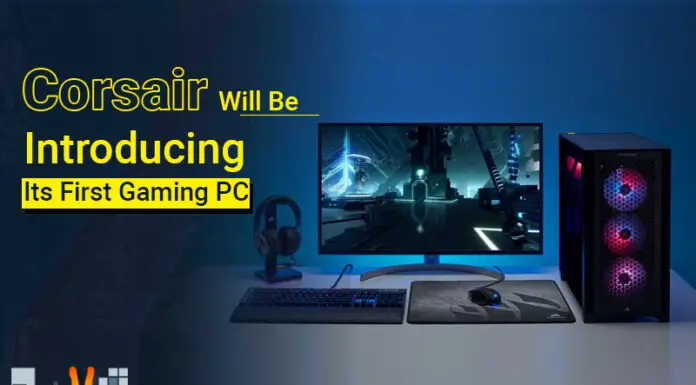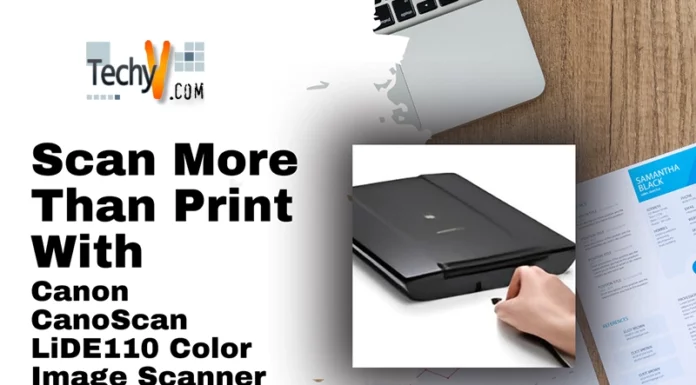Printers, Their Types And Selection
Have you ever observed a picture that appears so clear and colorful that even the fine points can be perceived? Have you ever observed a picture that’s dim and horrible to see due to its ugly features? Occasionally, this is due to the variety of printers used.
Various computer users, at home, can use low quality printers for recreation, but the business companies require high quality printers. While this may seem consistent, people have different printing needs and therefore utilize printers in their personal preferable customs. Different kinds of printers are available in the market and the correct printer must be selected on the basis of user’s need and printer’s advantages and disadvantages.
Inkjet Printers
A printer produces digital pictures. It generates ink droplets of variable size on paper. Inkjet printers are people’s choice because of their suitable price and good quality, particularly if a good brand is selected.
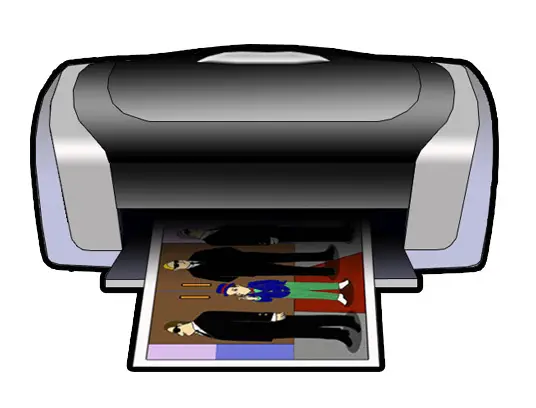
There is a great variety in this category as well, from normal monochrome printers to multifunction printers that offer color printing and network connectivity. Some inkjet printers can be expensive, but are appropriate for home and office use.
Two major technologies engaged in modern inkjet printers:
1- Continuous Inkjet (CIJ) – commercially used for marking and coding of products and packages. This class of printer works on old inkjet technologies. Its major advantage are:
- The soaring speed of ink droplets which permits a fairly lengthy space between print head and substrate.
- The high discharge frequency that permits an extreme high tempo printing.
- Prevention of nozzle blockage when the jet is used daily. It causes the solvents known as unstable, for example, ketones and alcohols to be utilized. This gives the ink the capability to “nibble” into the substrate and be parched promptly.
2- Drop-on-Demand (DOD)– further divided into:
- Thermal DOD Inkjet – discovered in August 1997 by a Canon engineer named Ichiro Endo. Used inks are typically water- based, using either dyes or pigments as colors.
- Piezoelectric DOD Inkjet– Frequently used in line production to spot products on commercial basis.
LaserJet Printer
This is the most familiar printer that produces high speed texts and graphics printouts on plain paper. Based on xerographic printing process, it differs from the analog photocopiers and produces icon by laser scanning across the printer’s photo receptor directly.
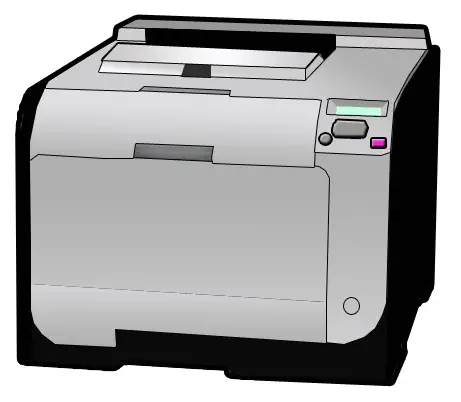
Effectiveness and swiftness at printing is the major advantage of this kind of printer. It’s very costly to buy but fairly inexpensive to run. It generates a high value output in contrast with the new varieties of printers. Safeguarding, servicing and repair of this type of printing instruments are extremely high; therefore, laser printer is not the best choice for home users.
DeskJet Printer
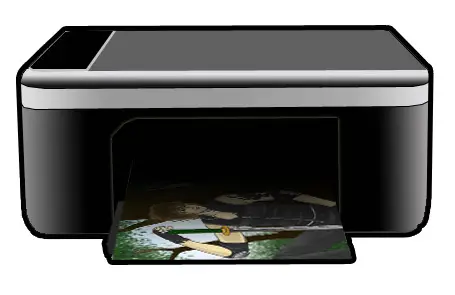
This type of printer prints each pixel of the image into lines. It is very cheap to buy. Also its replacement cartridges are low-priced compared to the rate of toner. It can be combined with scanners and faxes as well. It gives high quality results when it comes to printing a photo.
Thermal Printer
This type of printer uses sparks and aluminized paper. It produces the printed image by selectively heating thermal paper when the paper passes over the thermal printhead. The coating turns black in the areas where it is heated, producing an image.Two-color direct thermal printers are capable of printing black and an additional color by applying heat at two different temperatures.
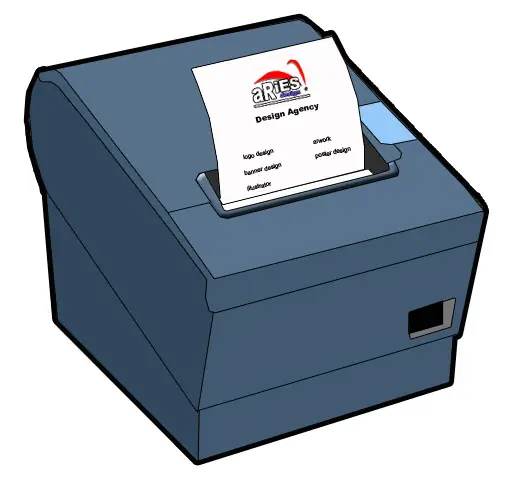
The thermal printers print fast. They are smaller, lighter and consume less power, making them ideal for portable and retail applications. It is also economical because it consumes the paper itself. Commercial applications of thermal printers include filling station pumps, information kiosks, point of sale systems, voucher printers in slot machines, print on demand labels for shipping and products, and for recording live rhythm strips on hospital cardiac monitors.
LED Printer
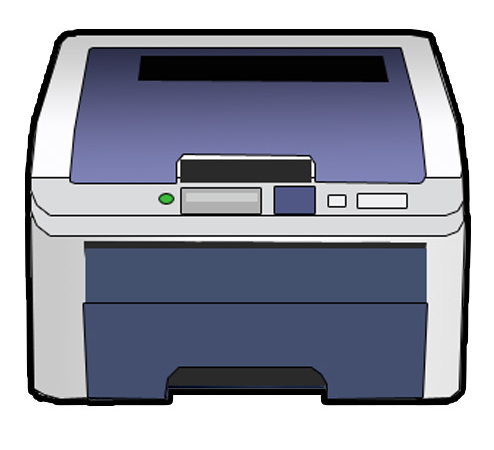
This is a kind of computer printer which utilizes a light-emitting diode display as a source of light in the printhead. The LED bar pulsate-flashes across the whole page width and produces the image on the print drum as it moves past. LED printers are more proficient and reliable than the usual laser printers because they contain lesser moving parts. Depending on design, LED printers may have a faster velocity than various laser-based models, and are generally cheaper to manufacture.
Memjet Printer
The word Memjet derives from a system called Micro-electro-mechanical systems. Kia Silverbrook was the one who developed the technology of Memjet printer development.
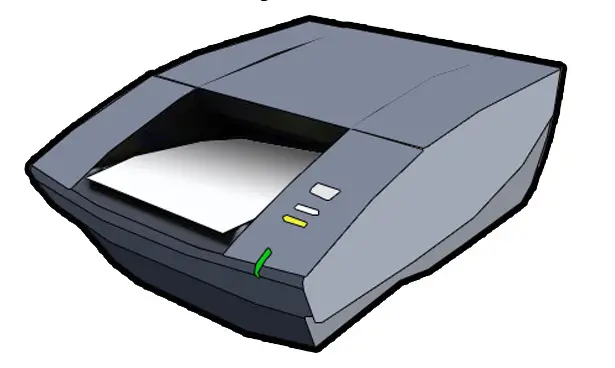
A Memjet printer differs from traditional inkjet printers because the Memjet printhead extends to the size of the page.
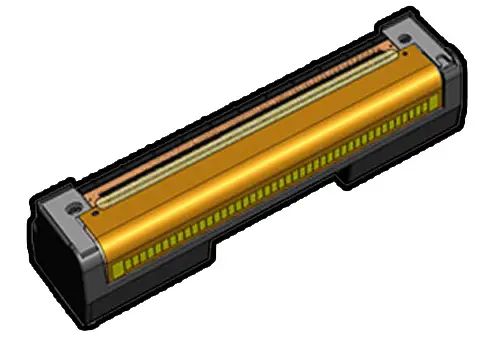
MemJet Head Blue Print
Normally, it can print 60 colored pages per minute. Traditional inkjet printers have a printhead that moves back and forth to apply ink on the whole length of the paper. The Memjet printhead is made up of a collection of silicon print chips, each 1mm by 20 mm, placed one after the other. Each chip includes 6400 spray nozzles, with an overall of 70,400 nozzles in the printhead. These printers have an extensive use in business companies because of its above mentioned useful features.
Page printer
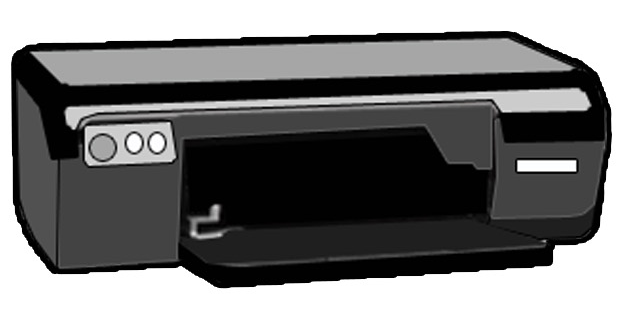
This is a kind of computer printer that prints on a cut sheet of paper. It was developed and copyrighted in 1924 by Sterling Morton and Howard Krum. The modern versions use technologies like laser, LED or inkjet. Most computer printers used today are page printers. It is simple to use and cheap, especially because it requires a ribbon rather than powder for printing. The ribbons have a long life since they don’t dry out fast, making page printers even more economical.
Stored Energy Printer
This type of CPU printer uses the energy stored in a spring or magnetic field to push a hammer through a ribbon to print millions of dots in each hit. The ink is transferred via usual typewriter-style ribbons; also the rest of the printer basically never wears out.
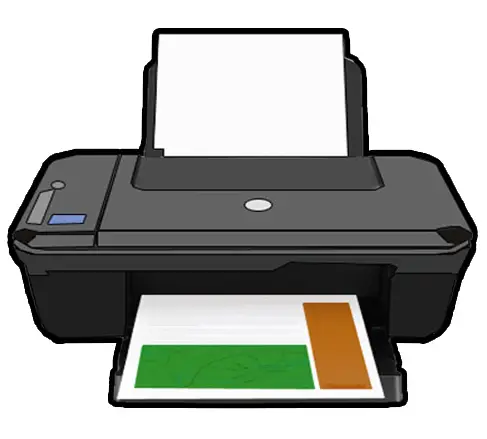
Most printers which make use of this technology, are the line-matrix printers developed by Printronix. In these printers, the hammers were arranged as a “hammer-bank”; a type of combs that oscillated horizontally producing a lineup of dots.
Line matrix printer
This type of printer is a border line case between a line printer and dot matrix printer. Mainly, it prints a broad line of dots and thus makes a line of text by printing a few lines of dots. This printer uses matchless shuttle-based technology to lay down matrix of dots and print words, bar codes and graphics. This technology was discovered by two businessmen namely Robert A. Kleist and Gordon Barrus in 1974.
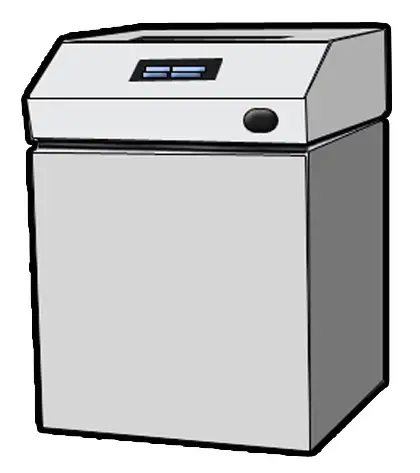
These are the different types of printers used for printing pictures and texts. The results of the prints depend on the kind of printer used. Students and domestic users should choose printer that meet their needs but for office use, it is highly recommended to invest on top quality printing machines.



